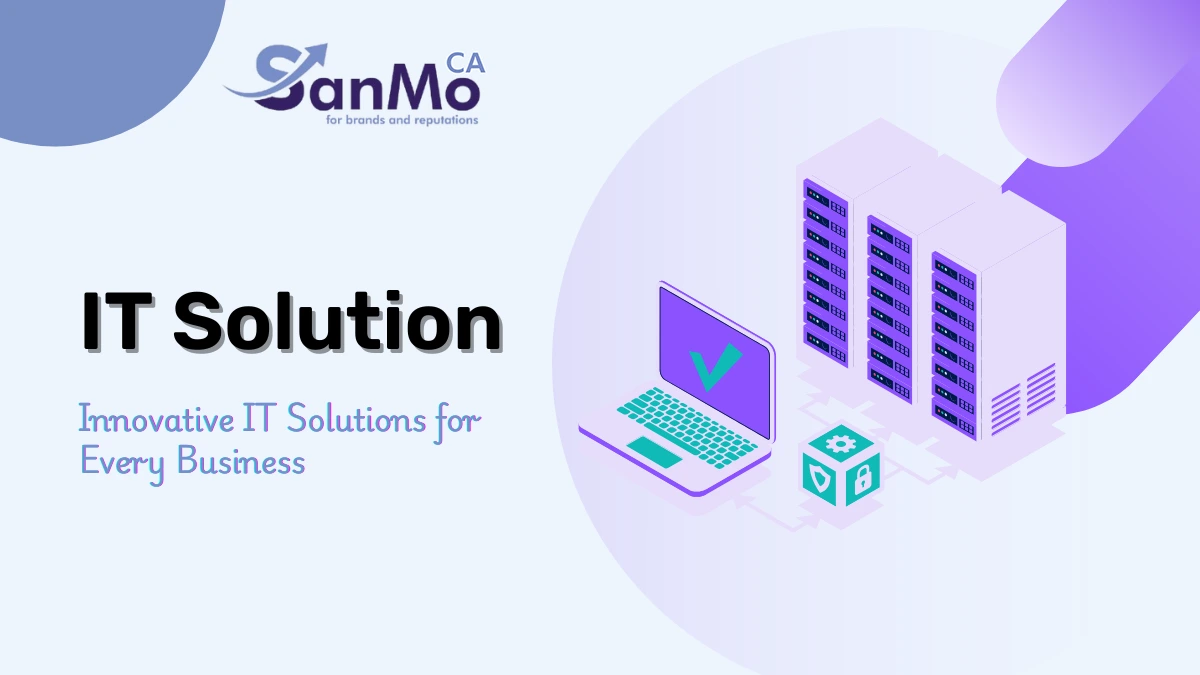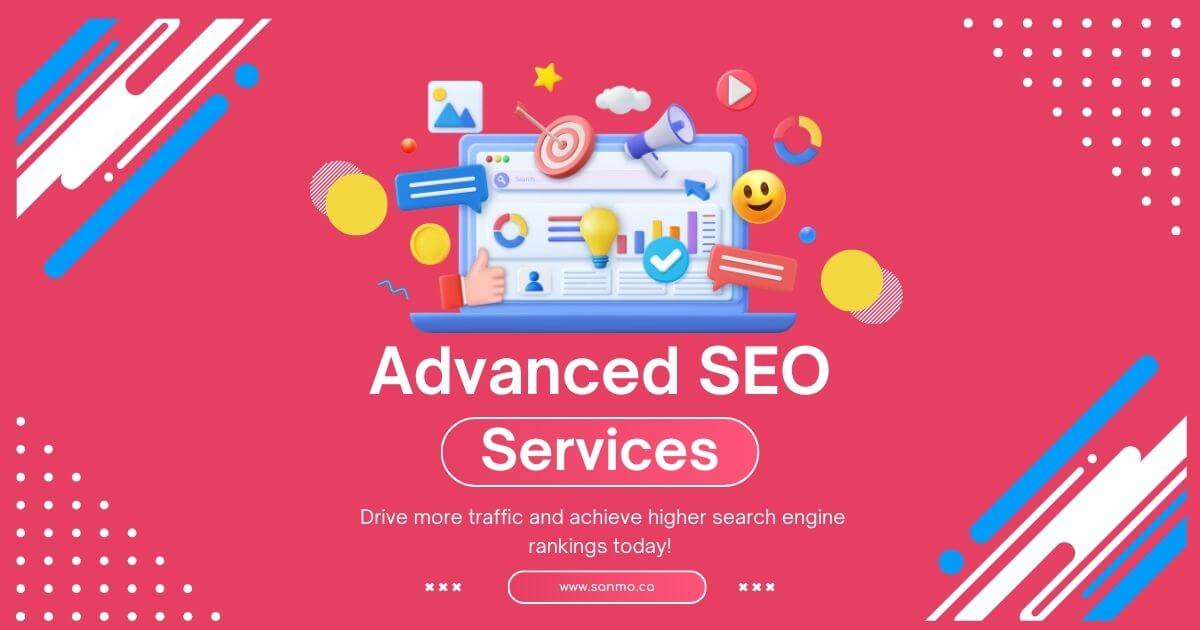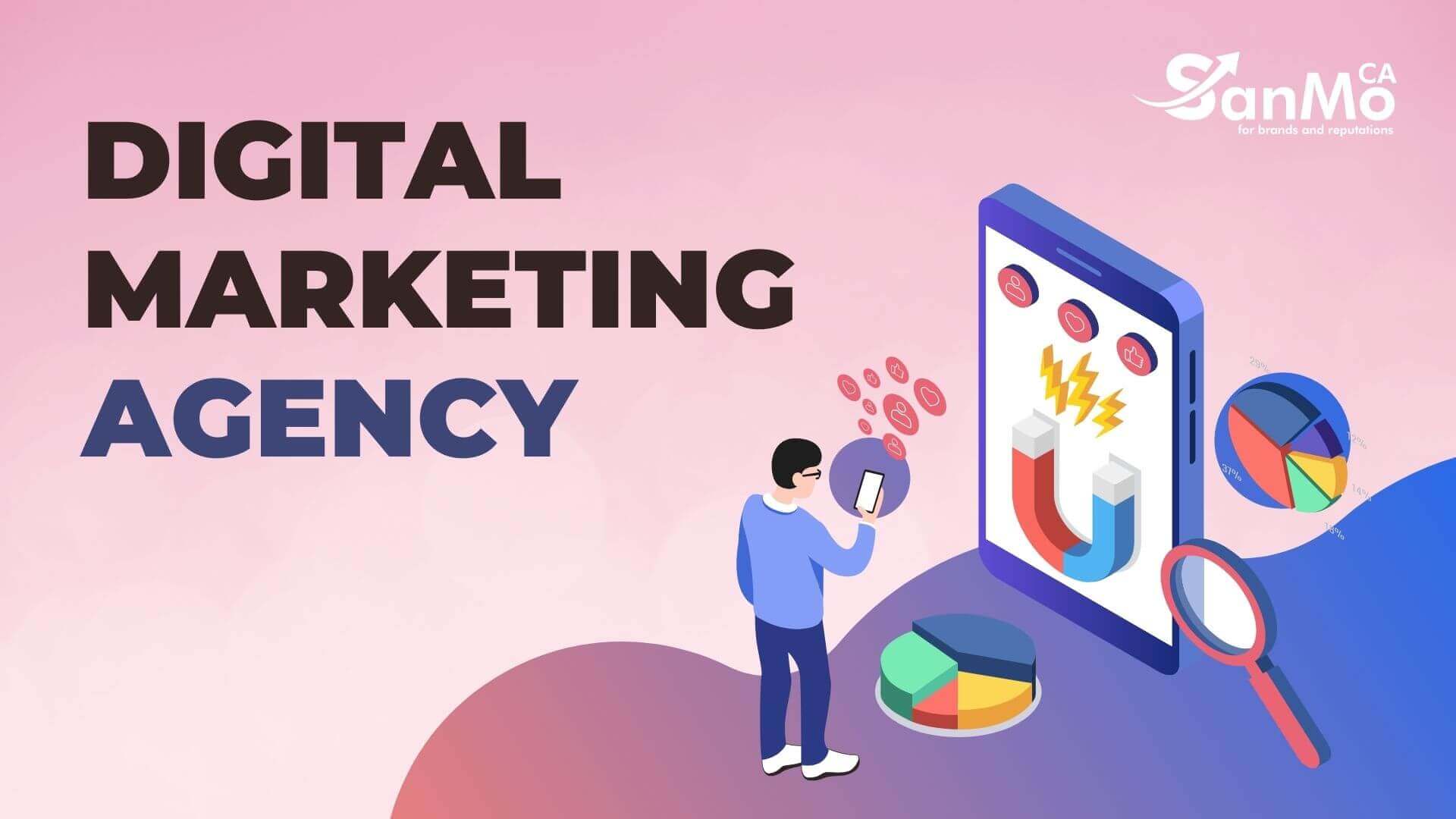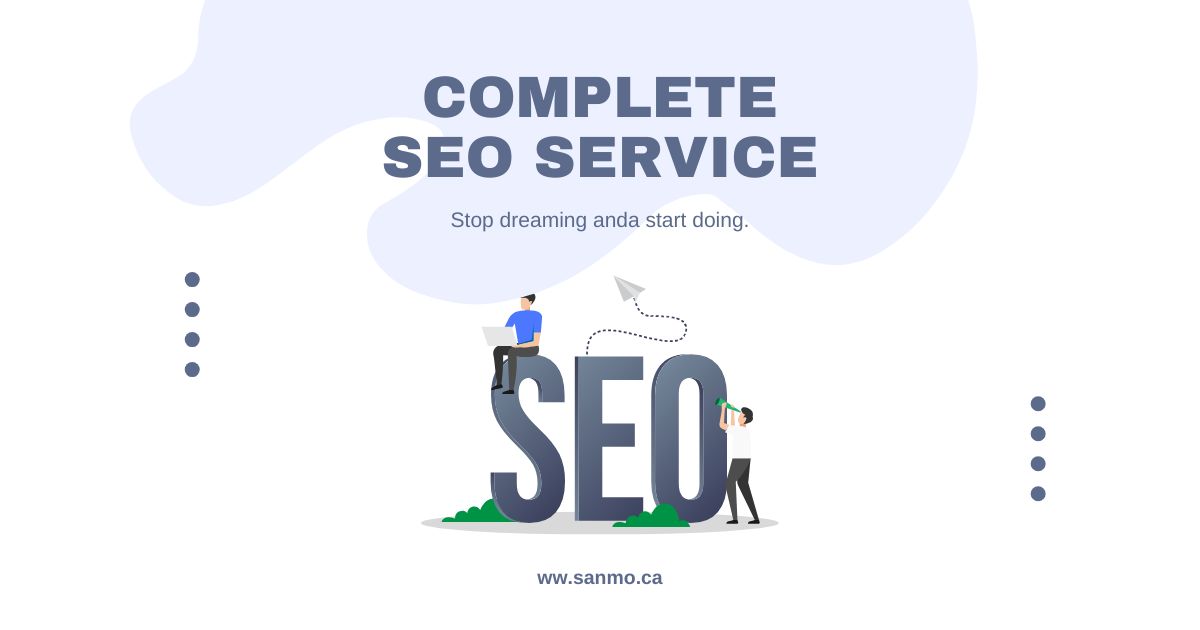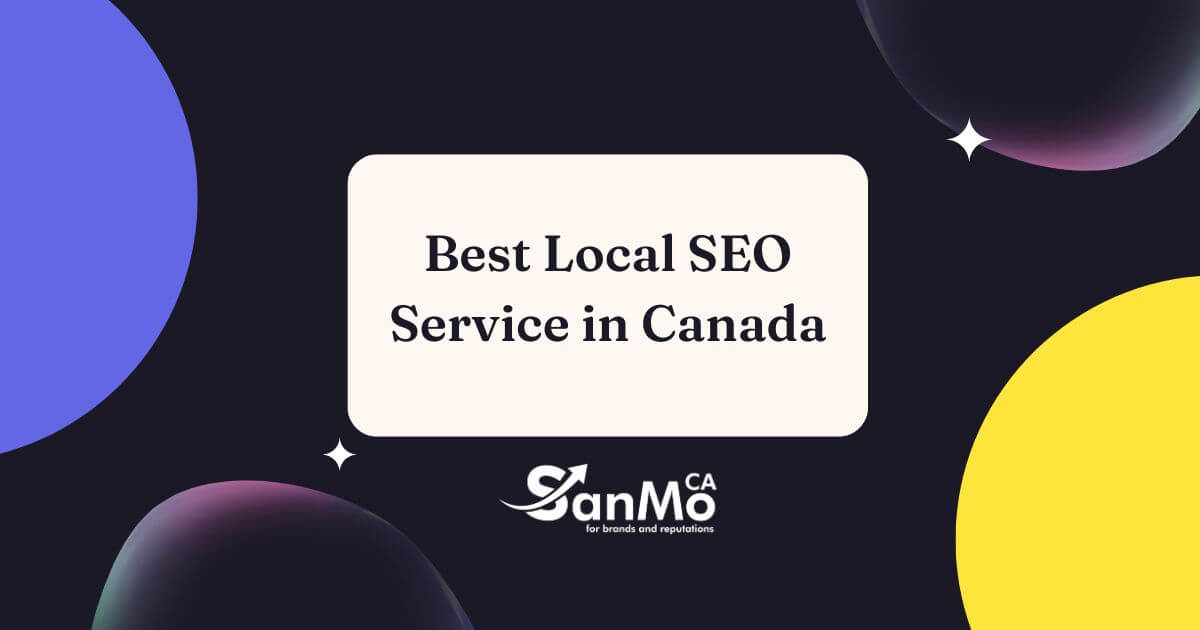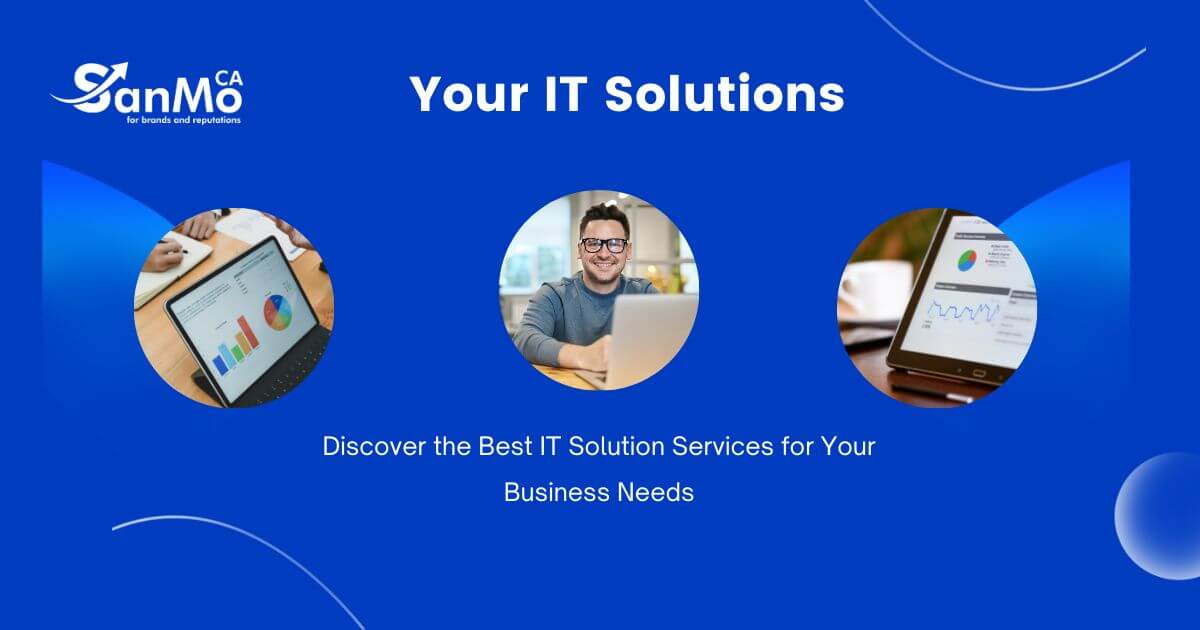Find out more about Smart Solutions for a Digital World, your one-stop shop for innovative IT solutions that enhance data, speed up procedures, and promote business growth. Analyze tailored technology strategies to obtain a competitive edge in the modern digital landscape.
IT solutions, also known as IT business solutions, are a collection of software, apps, services, and programs that assist companies in managing and enhancing their business operations. These solutions aim to assist businesses in operating more effectively in the competitive digital market by optimizing procedures, boosting output, and resolving specific organizational problems.
IT systems support a wide range of capacities. These could include everything from cloud computing and cyber security to corporate resource planning (ERP) and customer relationship management (CRM) software. For example, cloud-based solutions offer scalable storage and accessibility, which may be crucial for companies attempting to manage data without having to make upfront equipment purchases. Cybersecurity services shield companies from internet dangers, safeguarding private data and maintaining customer trust.
These techniques can also be quite helpful in making better selections. Through the collection, analysis, and interpretation of data utilizing advanced data analytics technology, businesses can gain insights into market trends, consumer behavior, and operational effectiveness. This data-driven approach can assist organizations in making informed decisions, allocating resources effectively, and adapting to changing market demands.
IT solutions solve operational problems and improve communication and teamwork inside the organization. Tools that improve procedures and promote efficient staff collaboration include project management software and team collaboration platforms.
All things considered, IT solutions give modern businesses a significant edge by enabling them to overcome obstacles, increase productivity, and preserve flexibility in a market that is evolving.
An IT solution: what does it mean?
IT solutions, also known as IT business solutions, are comprehensive collections of software, applications, programs, and IT services that assist companies in streamlining procedures and resolving specific business issues. In today’s digital-first world, when efficiency, adaptability, and agility are essential for success, these solutions are essential.
These include customer relationship management (CRM) systems, cloud computing, data analytics, cyber security, and enterprise resource planning (ERP) software. For example, cloud-based solutions enable businesses to expand their storage and data access without incurring large infrastructure costs. In the meantime, when sensitive data has to be secured, cyber security solutions are crucial for maintaining confidence.
One of the most beneficial aspects of IT systems is their capacity to transform data into insightful knowledge. Businesses may use data analytics tools to examine large amounts of data in order to identify trends, forecast customer behavior, and enhance operations. Data-driven decision-making helps businesses stay competitive, manage resources effectively, and quickly adapt to market changes.
IT solutions also improve internal corporate collaboration and communication.
Beyond merely tackling pressing issues, IT solutions allow businesses to innovate and expand. Simply stated, IT business solutions help organizations overcome obstacles, boost productivity, and preserve flexibility in a digital world that is always evolving.
IT software solutions: what are they?
“Software solutions” are software packages and programs created to meet different operational and security needs. These solutions ensure a secure and reliable IT environment by protecting systems, networks, and data from various cyberthreats. Network management tools, firewalls, antivirus programs, and intrusion detection systems (IDS) are all crucial components of a robust software solution, and each one serves a specific purpose in safeguarding business assets.
Intrusion detection systems (IDS) are essential for identifying and alerting them to any security breaches and unauthorized access attempts so they may respond proactively. Firewalls are the first line of defense, filtering incoming and outgoing traffic to stop unwanted access, while antivirus software detects and removes dangerous viruses that might compromise system integrity. Together, these devices guard against threats like malware and data breaches.
Network performance is equally dependent on network administration tools. Instead of reducing the amount of potential vulnerabilities that hackers may exploit, effective network management makes them more numerous. In addition to these primary strategies, regular updates—like operating system and application patches—are crucial for filling security holes and protecting against newly discovered vulnerabilities.
A comprehensive software solution goes beyond the usage of disparate technologies by integrating them into a single security framework. This link makes administration easier by allowing IT professionals to monitor and manage security measures from a single interface. Furthermore, because these systems are often scalable, businesses may add or upgrade components as their security needs evolve.
in the dynamic cyber world of today, where threats are always evolving. By combining detection, prevention, and real-time monitoring, these solutions enable businesses to protect their digital infrastructure, maintain compliance, and cultivate trust with stakeholders and customers.
What are IT solutions used for?
At their core, IT solutions help businesses manage and use data more effectively, which ultimately improves decision-making and operational effectiveness. Thanks to IT solutions, organizations may gain valuable insights from massive data sets about customers, employees, services, and processes.
For instance, CRM systems let companies maintain comprehensive records of customer interactions, preferences, and history. Higher levels of client satisfaction and more tailored marketing are made possible by this. Similarly, by simplifying employee data administration, Human resource management systems (HRMS) enable efficient payroll processing, performance tracking, and resource planning.
Data analysis tools in IT systems may be used to understand operational trends and performance metrics. By collecting and analyzing data, businesses may reduce inefficiencies, identify areas for improvement, and predict future challenges. For example, predictive analytics may help businesses better serve customers, reduce inventory, and predict their needs. Stakeholders may examine data in clearly understandable formats thanks to reporting tools, which encourage strategic discussion and informed decision-making.
Additionally, IT solutions facilitate the presentation and exchange of information inside the organization. These tools, which include automatic reporting and real-time dashboards, assist teams in staying informed and aligned with the company’s goals. This transparency fosters a responsive and responsible culture and promotes cooperation.
Simply said, businesses that want to make the most of their data must have IT solutions. By making it easier to generate, manage, analyze, and present data, these technologies help companies thrive in an increasingly data-driven environment by promoting more productivity, agility, and innovation.
What are the benefits of IT solutions?
By utilizing IT solutions, particularly cloud-based services, businesses may significantly reduce expenses or even eliminate the need to purchase, install, and maintain on-premise hardware and software. By using cloud solutions, businesses may avoid the high upfront costs of putting up physical infrastructure, freeing up finances for other strategic goals.
Cloud-based services offer the scalability that traditional IT infrastructure occasionally lacks. Businesses may adjust their use and rates based on their needs and only pay for what they use, rather than investing in pricey technology that may quickly become outdated. Businesses that are growing or have different needs would especially benefit from this scalability, which allows them to scale their infrastructure.
Additionally, cloud solutions simplify IT management by assigning maintenance responsibilities to cloud service providers. Routine tasks like software updates, security patches, and data backups, which also ensure that systems are up to date with the latest security and performance improvements, are less taxing on internal IT staff.
Cloud-based IT solutions facilitate remote work and collaboration in addition to increasing productivity and saving money. With cloud storage and applications, workers can access tools and data from anywhere, allowing for more flexible work schedules and increased productivity. This accessibility might be crucial for businesses with remote work policies or scattered teams to guarantee seamless operations regardless of staff location.
In conclusion, by deploying cloud-based IT solutions, businesses may reduce infrastructure costs, IT strain, and enhanced technology and security. Businesses are therefore better able to focus on their primary objectives, encourage innovation, and adapt to a rapidly shifting business environment.
The role of IT solutions
At its core, IT solutions help businesses manage and use data effectively, making information accessible, practical, and actionable. By using state-of-the-art tools and technology, IT solutions streamline the processes of data collection, administration, and analysis, enabling organizations to obtain valuable information for improved decision-making. Whatever the type of data—customer, employee, service, or operational process data—these solutions provide a unified, organized framework that boosts efficiency and strategic clarity.
Effective IT solutions involve a range of duties tailored to the needs of a certain profession. Safe data collection and storage, efficient data management for company-wide access, and simple data retrieval when needed. Trends, patterns, and significant indications that promote overall growth, operational efficiency, and customer satisfaction may be discovered by businesses. Furthermore, IT solutions enable resource and process optimization, which makes it easier to pinpoint areas in need of improvement and quickly apply adjustments to meet shifting market demands.
Businesses may transform unstructured data into comprehensible reports that can be sent to departmental stakeholders thanks to IT systems with advanced reporting and presentation features. By learning crucial details about employee productivity, customer behavior, and service efficacy, leaders can utilize these reports to make proactive, data-driven decisions. Additionally, by providing all team members with consistent, up-to-date information, IT solutions enhance communication and alignment across the organization.
IT solutions are ultimately a strategic benefit for every business attempting to stay competitive in a data-driven era. By centralizing and optimizing data, they enhance strategic and operational processes, providing businesses with the information and adaptability they require to thrive in today’s cutthroat marketplace.
The capacity of IT solutions businesses to thrive, grow, and stay competitive in the modern digital landscape. Utilizing state-of-the-art technology, these solutions provide the structure and tools required to boost output, streamline procedures, and facilitate data-driven decision-making. IT solutions give businesses the ability to use technology to achieve measurable development, from improving teamwork and communication to enhancing cyber security and simplifying data administration.
Instead of only resolving immediate issues, effective IT solutions provide businesses with adaptable tools for long-term, sustainable success. For instance, robust data management systems allow companies to organize and analyze massive amounts of data, transforming it into useful information for improved customer service, employee efficiency, and product or service development. Similarly, cloud computing and secure networks allow companies to expand their operations and better manage their resources, allowing them to respond swiftly to changes that occur internally or outside.
Furthermore, the process of digital transformation for every business must begin with IT solutions. Having reliable and adaptable IT infrastructure is essential as companies increasingly adopt digital-first initiatives. Cybersecurity is a crucial component of IT solutions that helps businesses protect sensitive data from breaches and maintain stakeholder and customer trust. By putting in place an efficient IT strategy, organizations may save costs, mitigate risks, and adhere to industry regulations.
In conclusion, IT solutions are strategic assets that support businesses in becoming more resilient, promoting innovation, and increasing productivity in a rapidly evolving market. They are more than just technical instruments. By continuously improving, IT systems may reach operational excellence, grow their capabilities, and stay prepared for the future. As technology advances, those with comprehensive IT solutions will be more equipped to lead, adapt, and grow in the digital era.

